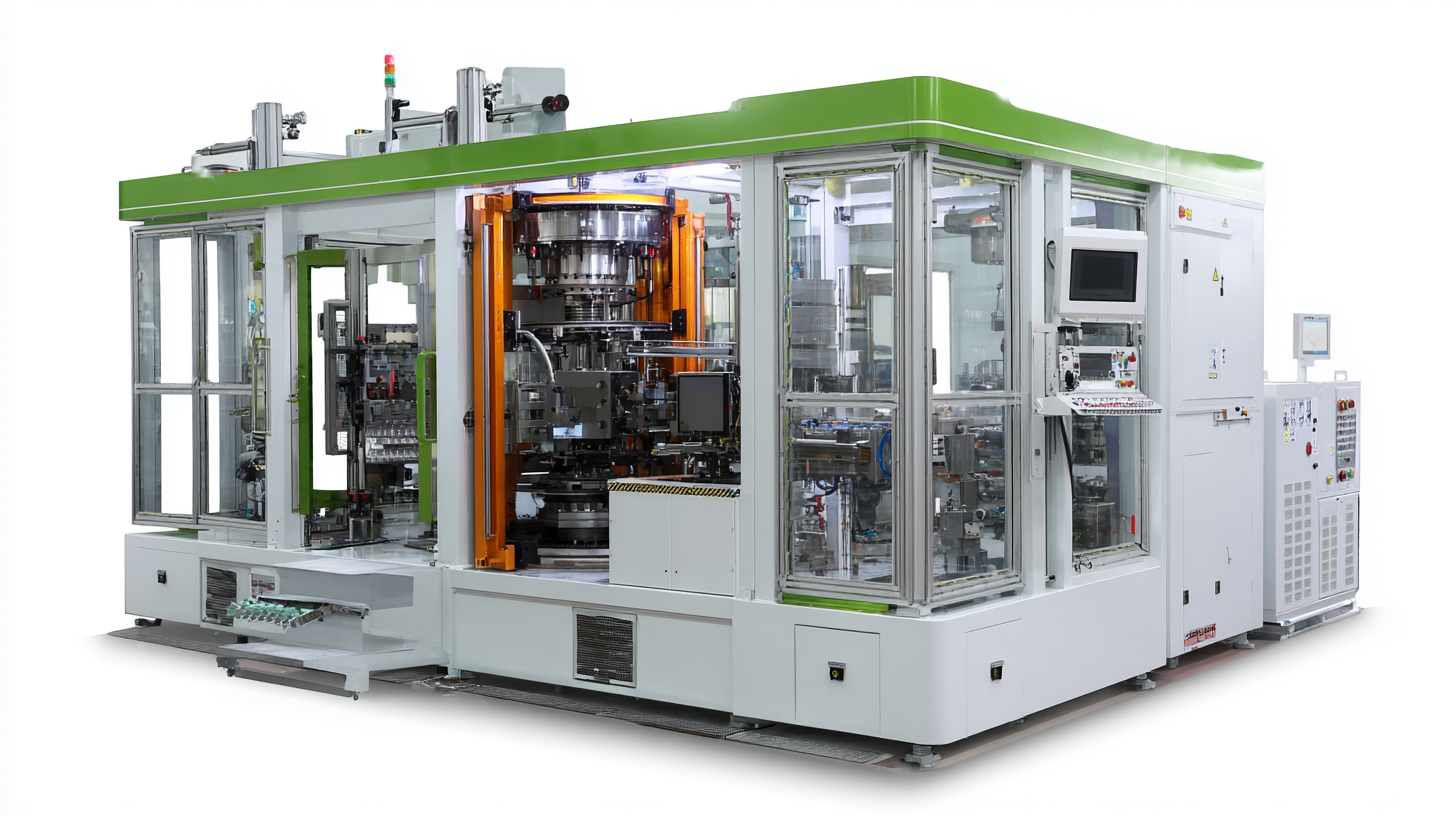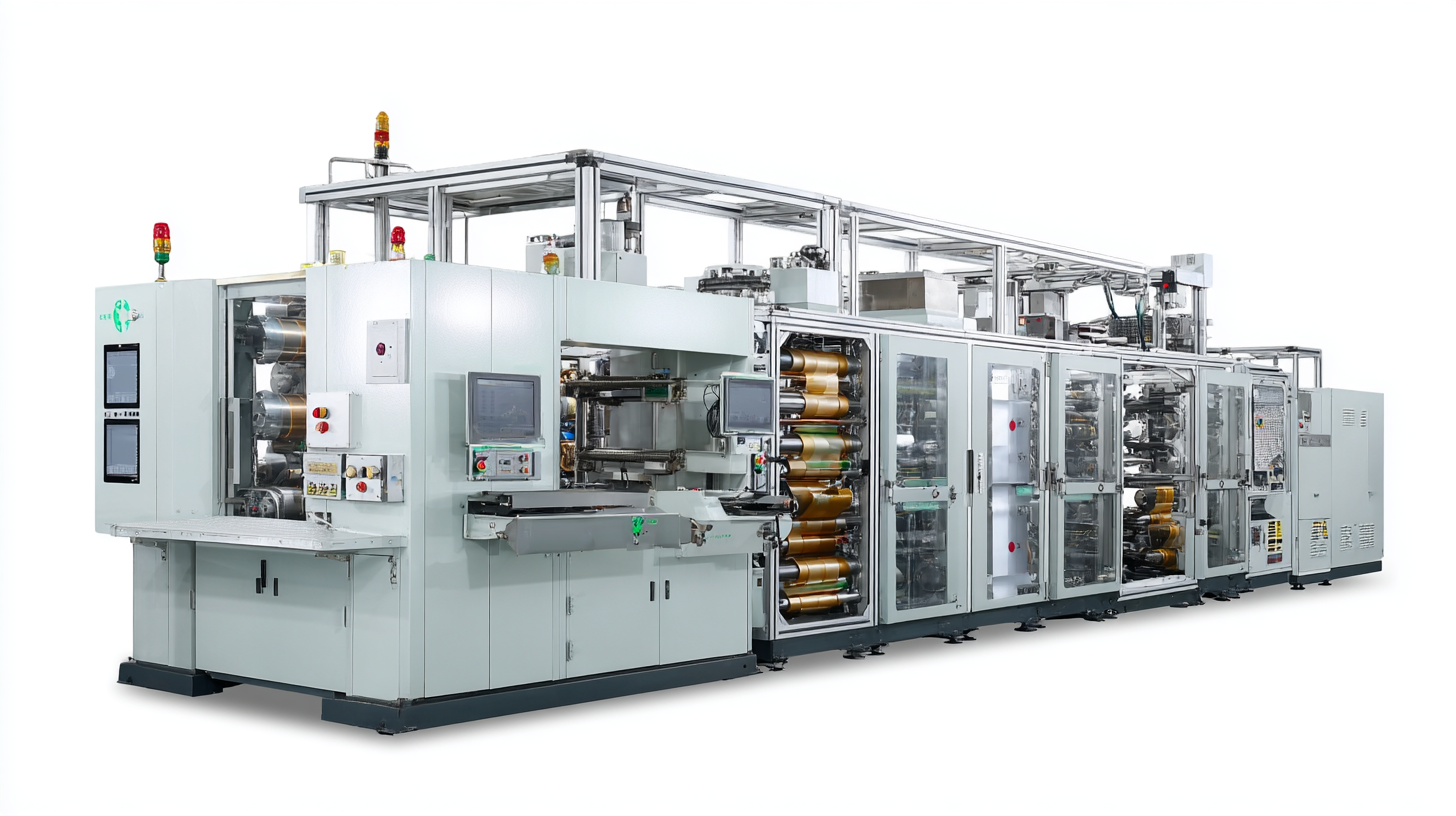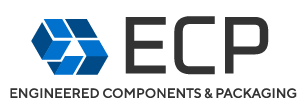585.204.6770
sale@sanblueplastics.com
Your Source for Trays!
Leading Global Manufacturers of Best Vacuum Forming Machines Transforming the Industry
The global vacuum forming machine market is set to undergo significant transformation by 2025, driven by advancements in technology and increasing demand across various industries. According to a recent market analysis, the vacuum forming machine segment is projected to grow at a CAGR of over 5% during the forecast period, with key drivers including the rising need for customized packaging solutions and lightweight components. Leading manufacturers are innovating to offer machines that enhance efficiency and reduce operational costs, catering to sectors such as automotive, food packaging, and consumer goods. As the competitive landscape evolves, understanding the contributions of top global manufacturers will be essential for stakeholders aiming to leverage the potential of vacuum forming machines in an ever-changing market.

Advantages of After-Sales Service in Vacuum Forming Machines
When considering the purchase of vacuum forming machines, one crucial aspect that often gets overlooked is the importance of after-sales service. Leading global manufacturers not only focus on delivering high-quality machinery but also ensure that they provide robust support once the sale is complete. This commitment to customer service plays a vital role in the overall efficiency of production processes and helps manufacturers minimize downtime due to equipment failures or maintenance needs.
After-sales service can significantly impact a company's bottom line. Manufacturers that offer comprehensive support—including timely repairs, easy access to spare parts, and personalized training for operators—enable their clients to operate their machines at peak performance. This not only enhances productivity but also extends the lifespan of the equipment, providing a better return on investment. Additionally, strong after-sales support fosters long-term relationships between manufacturers and customers, leading to more customized solutions that cater to specific needs and challenges in the vacuum forming industry.
Leading Global Manufacturers of Best Vacuum Forming Machines: Advantages of After-Sales Service
This chart illustrates the advantages of after-sales service in vacuum forming machines based on various factors such as customer satisfaction, machine reliability, and operational efficiency. The data reflects industry standards and highlights the importance of ongoing support for manufacturers.
Understanding Maintenance Costs for Optimal Vacuum Forming Operations
Understanding the maintenance costs associated with vacuum forming operations is crucial for manufacturers seeking to optimize their production processes. Regular maintenance not only extends the lifespan of vacuum forming machines but also enhances their efficiency, ultimately leading to significant cost savings. Breaking down these costs involves examining routine upkeep, potential repairs, and the replacement of worn-out components. Investing in preventive maintenance can mitigate unexpected breakdowns, reducing downtime, and increasing overall productivity.
Moreover, manufacturers must consider the implications of neglecting maintenance expenses. Poorly maintained machines can lead to inefficient production cycles, excess material wastage, and ultimately, higher operational costs. To achieve optimal performance, businesses should create a comprehensive maintenance plan that includes scheduled service intervals, staff training on proper machine handling, and keeping an inventory of essential spare parts. By prioritizing maintenance, manufacturers not only improve the reliability of their vacuum forming operations but also secure a competitive edge in the industry.

Impact of Exceptional Customer Support on Manufacturer Reputation
Exceptional customer support is a critical component that significantly impacts the reputation of manufacturers in the vacuum forming machine industry. According to a recent report by Market Research Future, the global vacuum forming machine market is projected to grow at a CAGR of 4.5% from 2022 to 2027. This growth is not solely dependent on technological advancements, but also heavily influenced by the quality of customer service offered. Companies that provide prompt and effective support can differentiate themselves in a competitive market, leading to enhanced customer loyalty and satisfaction.
In this increasingly interconnected marketplace, manufacturers must prioritize customer support to build a strong brand reputation. A survey by the Customer Service Institute revealed that 86% of consumers are willing to pay more for better customer service. This statistic underlines the necessity for manufacturers to invest in training their support teams and developing comprehensive service strategies. By doing so, they not only enhance their consumer relationships but also position themselves favorably against competitors.
**Tips:** One effective way to elevate customer support is through regular training sessions for staff, ensuring they are well-versed in product knowledge and problem-solving. Additionally, implementing feedback systems can help manufacturers understand customer needs better and adapt accordingly. Engaging customers through multiple channels, including live chat, email, and social media, also enhances the overall support experience.
Leading Global Manufacturers of Best Vacuum Forming Machines Transforming the Industry - Impact of Exceptional Customer Support on Manufacturer Reputation
| Manufacturer Region | Annual Sales ($ Million) | Customer Support Rating (Out of 5) | Market Share (%) | Innovative Technology Score (Out of 10) |
|---|---|---|---|---|
| North America | 120 | 4.5 | 25 | 8 |
| Europe | 150 | 4.7 | 30 | 9 |
| Asia | 200 | 4.8 | 35 | 9.5 |
| Australia | 80 | 4.2 | 15 | 7.5 |
| South America | 60 | 4.0 | 10 | 6 |
Comparative Analysis of Repair Costs Across Leading Brands
In today’s competitive landscape of vacuum forming machines, understanding repair costs across leading brands is crucial for manufacturers seeking sustainability and efficiency. Recent analyses have shown that repair expenses can significantly impact the total cost of ownership (TCO) of machinery. By assessing repair costs alongside operational performance, businesses can make informed decisions that balance upfront investment with long-term maintenance expenditures.
When evaluating various brands of vacuum forming machines, it is essential to consider not only the purchase price but also the availability of parts and service support. Emerging trends in the industry indicate that some manufacturers have developed robust support networks, resulting in lower repair costs and improved uptime.
This factor can be a game-changer for companies looking to optimize their production processes and reduce downtime due to machine failures. By prioritizing brands that demonstrate cost-effective repair solutions, manufacturers can enhance their operational resilience while navigating ongoing industry transformations.
Strategies for Reducing Maintenance Expenses in Vacuum Forming Equipment
In the rapidly evolving landscape of vacuum forming technology, manufacturers are focusing on innovative strategies to streamline operations and minimize maintenance costs. One effective approach is the implementation of predictive maintenance systems, which leverage data analytics to anticipate equipment failures before they occur. By using sensors and monitoring tools, manufacturers can collect real-time data on machine performance, allowing them to schedule maintenance during non-peak hours and reduce unexpected breakdowns.

Training operators to understand the complexities of vacuum forming machinery further contributes to reduced maintenance costs. By ensuring that staff members are well-equipped with the knowledge and skills needed to operate and maintain equipment properly, companies can mitigate user-induced errors and promote a culture of proactive care. This holistic approach to equipment management not only cuts costs but also bolsters the company's competitive edge in the global market.
